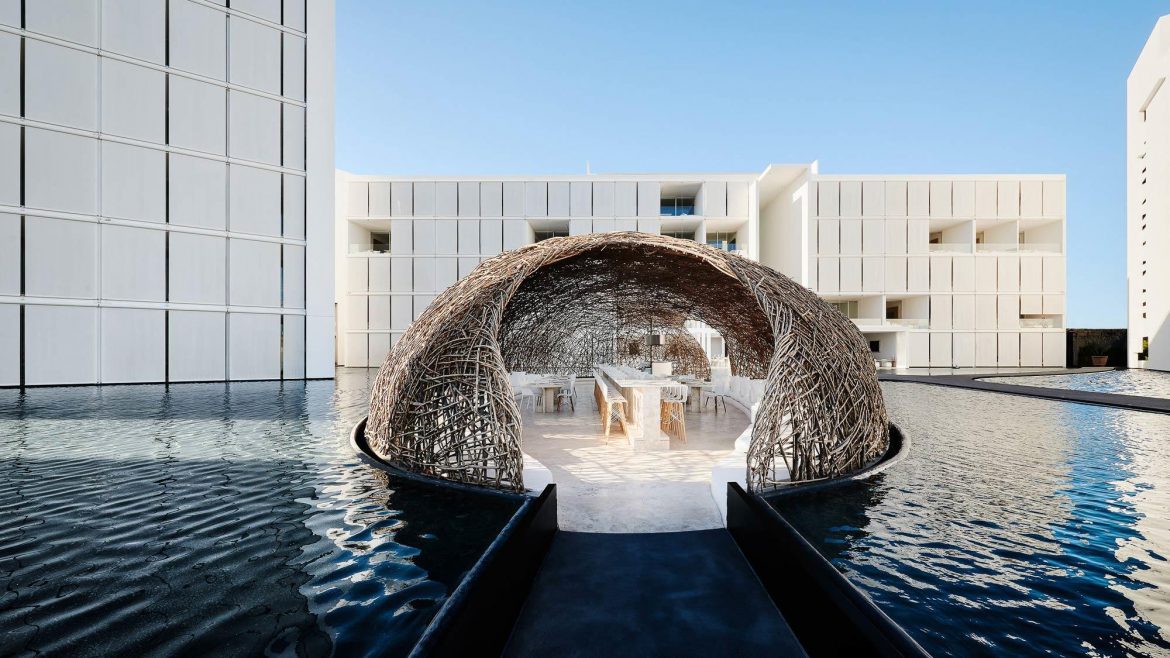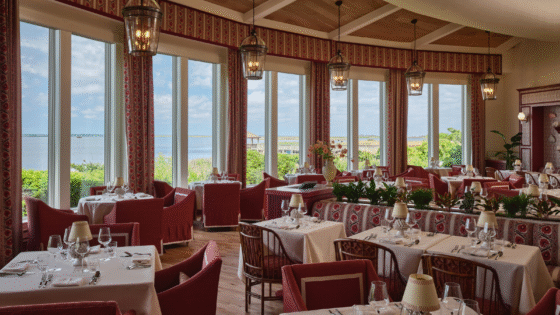Investment management company JLL has released findings, proving that hotel investment in Mexico is sharply on the up…
Following the opening of Viceroy Los Cabos and the awaited arrival of Nobu Hotel Los Cabos, Mexico’s lodging market is being viewed as more sophisticated and liquid, reflected by a 26 per cent transaction volume increase year-over-year, a study from JLL has shown.
From bustling urban locations to relaxing resorts, Mexico’s lodging market has experienced strong growth over the past six years, averaging an annual compounded revenue per available room (RevPAR) growth of nearly 5.3 percent in U.S. dollar terms, which illustrates the country’s resilient tourism industry and ability to weather unforeseen situations such as hurricanes or travel advisory warnings. Although investors are exercising caution due to the uncertainty regarding the political environment and policies, investors are anticipated to continue exploring strategic lodging opportunities in Mexico.

Image credit: Nobu Hotels/Studio PCH
“In recent quarters, Mexico’s lodging market has been viewed as more sophisticated and liquid,” says Carolina Lacerda, JLL Senior Vice President, Investment Sales. “The quality of lodging supply has improved and investors, particularly domestic groups such as FIBRAS, funds, and local families, are increasingly active.”
Total transaction volume at year-end 2018 reached $980 million, a 26 per cent increase over the prior year. Additionally, 2018 recorded a price-per-key average of $466,000 – the highest annual average in the past 10 years, driven by several luxury hotel sales, such as the September 2018 sale of JW Marriott Mexico City, which JLL brokered for $183 million.
“Mexico’s hotel market is estimated to deliver nearly 23,000 new, quality rooms over the next five years.”
Travel to Mexico is driving much of the growth, with the majority of visitors heading to locations like Mexico City, Los Cabos and Cancún. According to Tourism Secretary Miguel Torruco Marques, tourists are anticipated to spend approximately US$23.2 billion in 2019, a nearly four percent increase over the prior year. Three hotel assets seem to be the current preferred types among investors and owners:
- Hotels with a mixed-use component located in cities with a strong corporate presence, such as Mexico City, Monterrey, and Guadalajara. Beyond capturing the business travel segment, having a retail or office component is viewed as a diversification strategy.
- Hotels located in vacation destinations such as Cancún, Riviera Nayarit, and Los Cabos. Additionally, some of these hotels with a branded residential or rental component allow developers and investors to achieve more attractive returns.
- All-inclusive resorts in international destinations with a strong vertically-integrated business model.
In response to strong tourism numbers and in turn, strong hotel fundamentals, Mexico’s hotel market is estimated to deliver nearly 23,000 new, quality rooms over the next five years, per Smith Travel Research (STR) data1. Cancún/Riviera Maya, Los Cabos, Riviera Nayarit and Mexico City are slated to see the largest increases in total incoming supply, predominately in the upper-upscale and luxury segments.
“Mexico is witnessing unprecedented growth in branded lodging supply across major resort markets and gateway destinations,” says Wendy Chan, JLL Senior Vice President, Strategic Advisory and Asset Management. “The arrival of new and different-tiered brands to the marketplace is improving the quality and maturing the overall tourism and lodging infrastructure nationwide.”
Chan also points that continued international and domestic route development and infrastructure investment in key gateway cities will be essential, as this will contribute to the further growth of the lodging industry, especially with the anticipated supply increases in the near term. “While the investor sentiment in 2019 is generally cautious given recent changes in the political landscape and growth in incoming supply, the industry should start witnessing RevPAR growth across select markets in Mexico in the coming years.”
“Driven by revenue growth in U.S. dollars and operating expenses in its devalued Mexican Peso currency, investors are able to find attractive high margins,” says Lacerda.
[1] Reflects hotels under construction or final planning only (Jan 2019).
Main image credit: Viceroy Los Cabos





